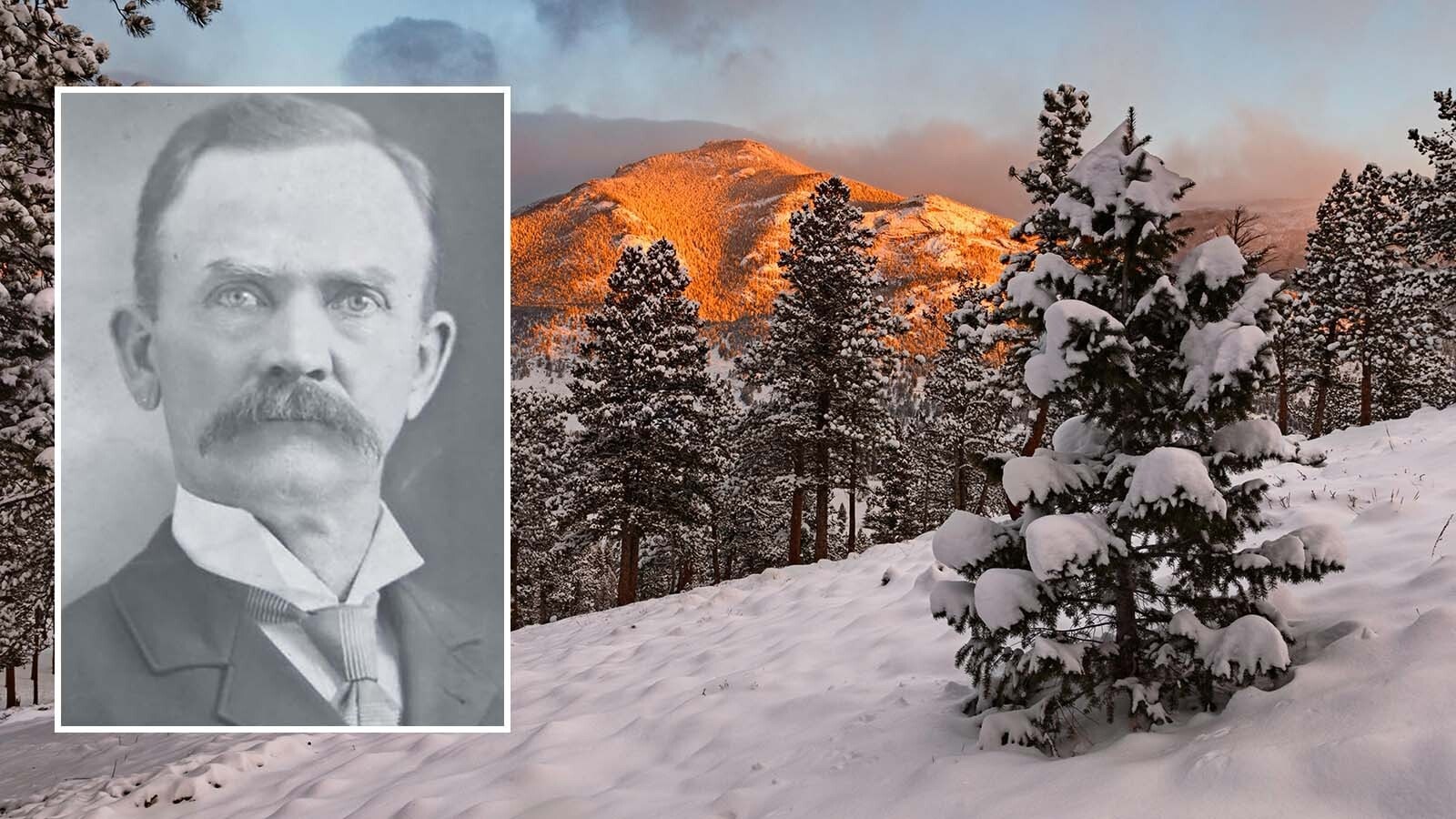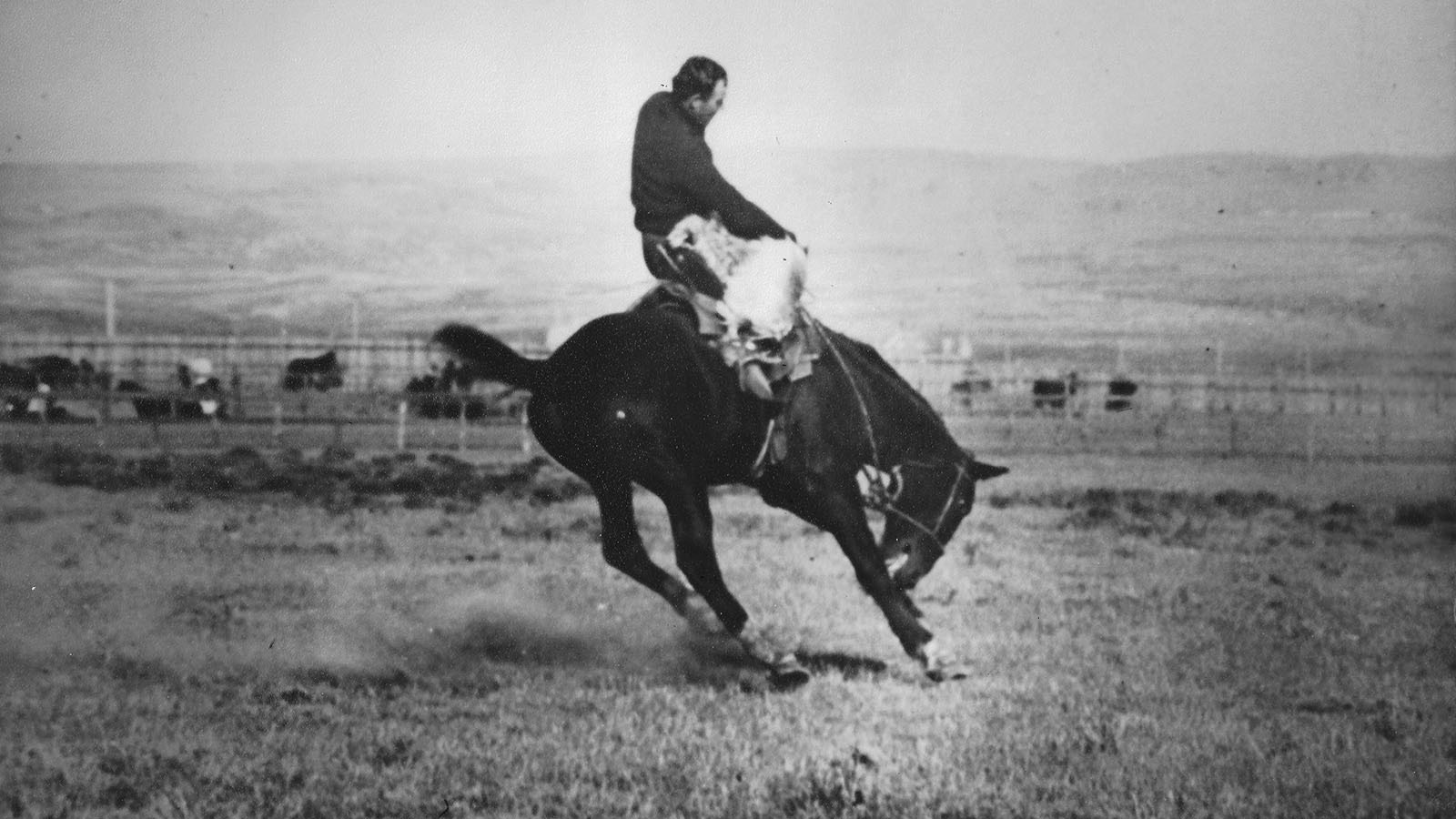In the early morning hours of September 4, 1887, Sheriff Commodore Perry Owens walked down the main street of Holbrook, Arizona, with official business on his mind.
An experienced, Tennessee-born lawman with shoulder-length blond hair and steel-gray eyes, Owens had reputedly put the rest of the Clanton gang out of business after their shootout with the Earp brothers at the OK Corral in Tombstone. Now, armed with a lever-action Winchester rifle and a Colt .45 pistol, he had come to Holbrook to arrest Andy Cooper.
Cooper’s real name was Blevins, and he was wanted in Texas and the Oklahoma Territory for cattle rustling and illicit whiskey dealings with Indians. But these were not the charges that interested the newly elected sheriff of Apache County.
Owens had a warrant for Cooper’s arrest for stealing horses from Navajo Indians who lived nearby. Owens had also heard that Cooper was boasting at the local saloon about killing John Tewksbury and William Jacobs on the Tewksbury ranch several miles south of Holbrook. The sheriff decided to charge Cooper with murder as well.
By the time Owens had reached town, Cooper had gone to the nearby home of a relative to visit his mother; his brother John Blevins, who had participated in the shootout at the Tewksbury ranch; a younger brother, Sam Houston Blevins, who had no criminal record; and several other relatives and friends.
Owens went to the house and announced his intent to arrest Andy. When Cooper objected, Owens shot him with his Winchester. John fired at the sheriff but missed and took a shot himself in the shoulder.
Owens retreated to the street, only to be followed by Cooper’s brother-in-law, Moses Roberts. Owens finished him with a rifle shot to the head. Sam grabbed Andy’s gun and was about to fire when Owens stopped him with a shot to the heart.
Thus, one of the most famous gunfights in the history of the Old West had taken less than one minute. And it was only one battle in what would become known as the Pleasant Valley War.
First, The Feud
The whole sorry chapter began in 1878, when the Tewksbury family settled in Pleasant Valley along the southern edge of the Mogollon Rim and began breeding horses. Four years later, the Graham family moved into the neighborhood to raise cattle. As the two families got to know each other, the Tewkesburys learned that their close neighbors were cattle rustlers, which explained the rapid growth of the Graham herds.
When the Tewksburys objected to the Grahams’ illegal activities, the entire valley began taking sides. The feud began in earnest, probably in late 1883, when a neighbor, John Gilliland, and his nephew—both allies of the Grahams—got into a violent argument with Ed Tewksbury. When the smoke cleared, Gilliland and his nephew limped away with gunshot wounds.
In 1884, the Blevins family arrived in the valley and aligned itself with the Grahams. The feud simmered until 1887, when the Tewksburys allowed sheep— anathema to cattle ranchers — to graze on their range.
Gunmen hired by the Grahams and Blevinses killed Tewksbury’s Basque sheepherder and scared his companions away.
That August, one of the Blevins brothers and some cronies attacked Jim and Ed Tewksbury at nearby Middleton Ranch. After a few minutes of gunfire, Blevins lay dead, and the others escaped with various wounds.
Later that month, the brother-in-law of the murdered Basque sheepherder shot and killed eighteen-year-old William Graham.
The feud continued to escalate. Two weeks later, Andy Cooper and John Blevins, with several associates, attacked the Tewksbury ranch house and killed John Tewksbury and William Jacobs. This was the crime that attracted the attention of Sheriff Commodore Perry Owens.
Several more killings occurred in the months and years to come. In 1892, Ed Tewksbury was found guilty of murdering the last of the Graham brothers, Tom, although the evidence clearly showed that a companion, John Rhodes, had fired the fatal shot.
Ed was imprisoned until 1895, when he was granted a new trial. A year later, his case was dismissed. Ed, the last survivor of the Tewksbury family, died of tuberculosis on April 4, 1904.
The incredible story of the Graham-Tewksbury feud was just too sensational to be forgotten. In 1921, the acclaimed Western writer, Zane Grey, published his novel, To the Last Man, based upon the event.
Twelve years later, Hollywood’s Paramount Pictures released a film version directed by Henry Hathaway and starring Randolph Scott, Ester Ralston, Buster Crabbe, Noah Beery, and Shirley Temple.
James A. Crutchfield can be reached at TNcrutch@aol.com





